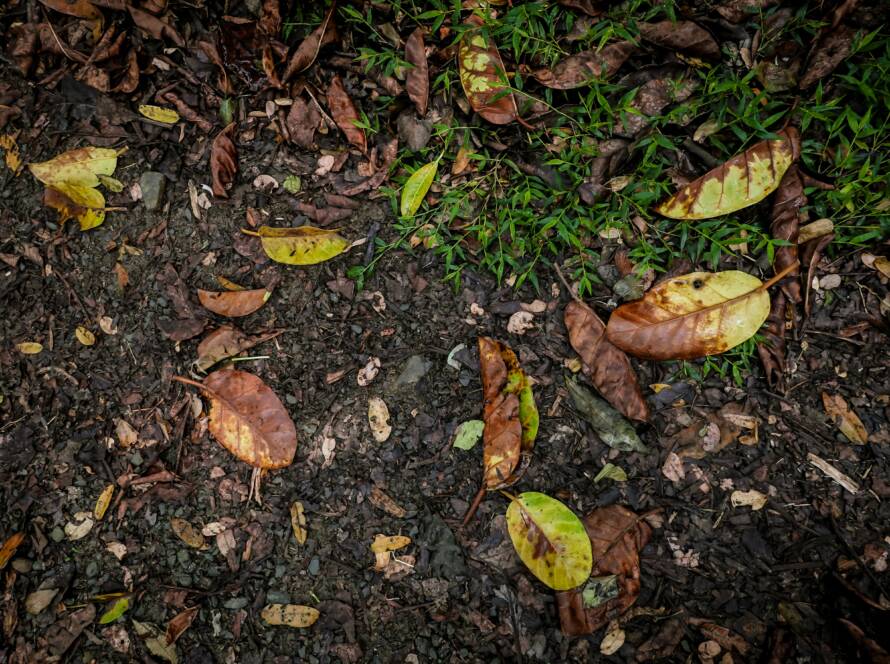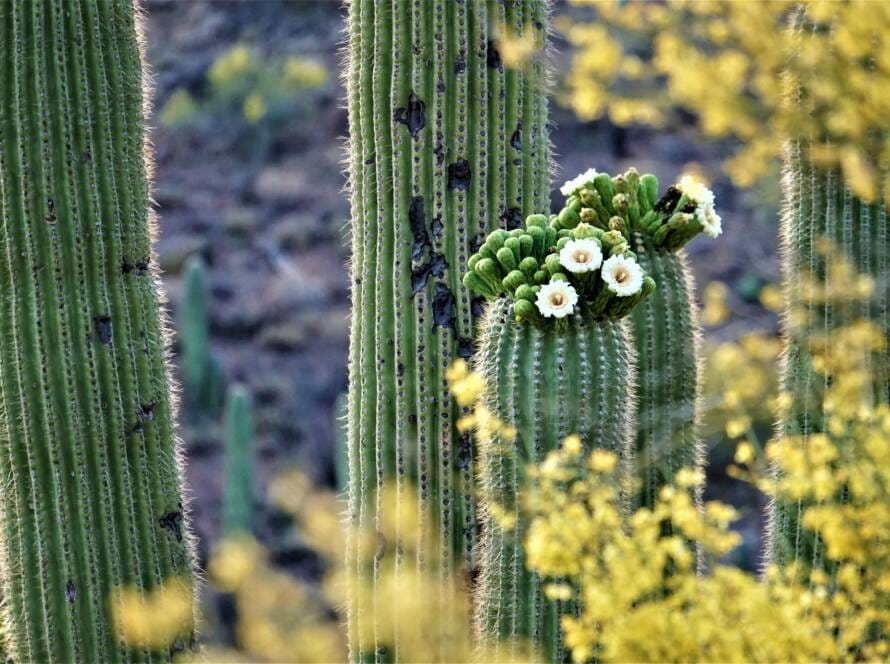Ocimum tenuiflorum, commonly known as holy basil, tulsi or tulasi, is an aromatic perennial plant in the family Lamiaceae. Caring for a holy basil (Tulsi) plant is relatively simple, and with a little attention, it can thrive in your home or garden. Here’s a guide to help you nurture your Tulsi plant:
Choosing the Right Location
- Sunlight: Tulsi thrives in sunlight, so place it where it can get at least 4-6 hours of direct sunlight each day. A sunny windowsill or outdoor space with good light is ideal.
- Temperature: Tulsi prefers warm conditions (20°C to 30°C). Protect it from frost and cold winds, as it’s sensitive to extreme cold


Watering
- Frequency: Water the plant regularly, but allow the soil to dry out slightly between waterings. Tulsi doesn’t like waterlogged conditions, so make sure the pot has good drainage.
- Tip: Water early in the morning to give the plant a chance to absorb moisture before the sun heats up.
In every leaf of tulsi lies a whisper of sacred healing, a reminder that nature’s simplest gifts often hold the deepest power.
Soil and Fertilizer
- Soil: Tulsi grows best in well-draining, loamy soil. A mix of garden soil with compost or organic matter works well. Ensure the soil is rich in nutrients to promote healthy growth.
- Fertilizing: Use organic compost or a balanced liquid fertilizer every 4-6 weeks during the growing season (spring and summer) to nourish the plant.
Pruning and Harvesting - Pruning: Regularly prune the top leaves to encourage bushier growth. Pinch off any flowers as they appear to keep the plant focused on growing leaves rather than going to seed.
- Harvesting: Pick leaves early in the morning for the best flavor and medicinal properties. Only take a few leaves from each stem to allow the plant to keep growing.


Pests and Diseases
- Pest control: Keep an eye out for pests like aphids or whiteflies. Use neem oil or mild soap water to treat infestations if necessary.
- Diseases: Ensure good air circulation around the plant to prevent fungal infections like powdery mildew. Avoid overwatering, as soggy conditions can lead to root rot.
Seasonal Care
- Winter Care: If you live in a region with cold winters, bring the Tulsi plant indoors to a warm, sunny spot. If growing indoors, keep it away from cold drafts and air conditioning vents.
Sacred Care
- Tradition: In many cultures, Tulsi is considered a sacred plant, and people often take extra care by offering water in the morning and occasionally dusting off its leaves gently.
By following these steps, your holy basil (Tulsi) plant will grow strong and healthy, providing you with its numerous health benefits, from soothing teas to spiritual significance..
Happy Gardening!




